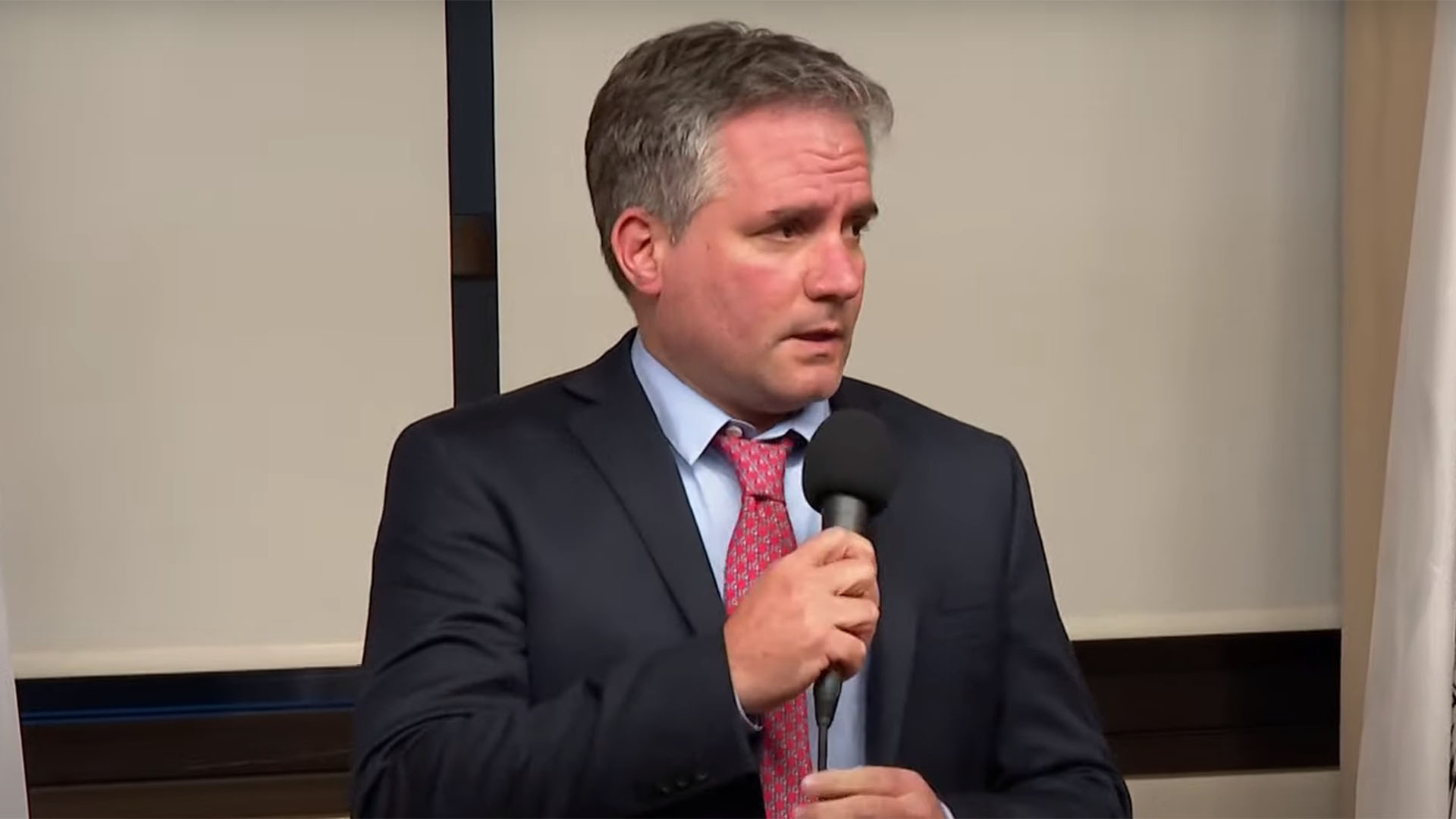
Thefts committed by motojets fell by 51 percent in the City of Buenos Aires compared to 2019, according to new official figures from the Buenos Aires Ministry of Justice and Security, reflected in a report known in recent hours and accessed by Infobae.
It was not the only item in decline in the two years of the pandemic: the portfolio led by Marcelo D'Alessandro, who commands the City Police with 19,000 troops, reported a 29 percent decrease in thefts overall -44,825 cases in 2021, 62,829 in 2019-, a 26 percent drop in thefts, and a decrease in thefts 49 percent of carjacking.
Armed robberies, occasionally, fell by 38 percent between 2019 and 2021.
Homicides are kept to a similar statistic. In 2021, there were 103 cases, in 2020 they were 127, and in 2019, 102. Of all violent crimes in CABA, 40 percent are concentrated in Bajo Flores, with Villa 1-1-14, the Illia and Rivadavia neighbourhoods, Villa 21-24/Zavaleta and Villas 31 and 31 bis. Of those 40 percent of cases, 70 percent correspond to events related to drug trafficking. In the 31 and 31 Bis neighborhood, whose security is managed by the City, homicides dropped 64 percent in two years.
In Bajo Flores, homicides rose from 5 in 2019 to 14 in 2021, representing an increase of 180 percent with the strengthening of historic gangs in the area now marked by the rise of members of the band “Dumbo” Martínez Maylli and the historic kingpin “Marcos” Estrada González. Also, Sabina Frederic's tenure as Minister of National Security included a progressive withdrawal from the Gendarmerie in Lower Flores.

In a few weeks, according to officials from the portfolio, the Buenos Aires Ministry of Security will have 75 percent of the City under video surveillance: there are already 11,000 cameras linked to the Urban Monitoring Center, 50 percent of cases of robberies and theft in public transport transshipment sectors are filmed. The Digital Ring allows you to identify the vehicles that use the 74 entrances and exits of the City, along General Paz Avenue and the bridges over the stream. It includes two monitoring centers and 740 patent readers.
“In the City, we always govern based on data and evidence. Because that is the only way to know where we stand, what we are doing well and what we need to improve. With the Crime Map, year after year we have serious and reliable statistics that allow us to better design our fight against crime and to carry out our Comprehensive Public Security Plan more efficiently. Today, the data shows a resounding achievement: almost all crimes continue to fall, to the point that the City today has the lowest crime rates in the last 27 years,” said Horacio Rodríguez Larreta, head of government.
Felipe Miguel, Buenos Aires Chief of Staff, agrees: “When you work with planning, analyzing statistics, telling the truth, recognizing the starting point and, above all, with effort and perseverance, the results are seen. All merit of the Police, of having an Integral System and continuing to add tools such as the Crime Map, video surveillance or the Digital Ring”.

D'Alessandro contextualizes the situation: in 2020, “there was a very large release of detainees at a time when everything was standing still”, referring to compulsory isolation and prisoners released by the pandemic in multiple judicial decisions, as well as the current confrontation with the Federal Prison Service over quota problems for housing detainees: “The prison doors were closed to us,” he said. The number of overpopulation reached 250 percent in the municipalities of CABA. “Today, policemen who should be on the street take care of prisoners.”
On the other hand, 23 percent of those arrested for robbery and theft were arrested at least twice between 2019 and 2021. Twelve per cent of the defendants in the same areas are minors between 13 and 17 years of age. Thus, D'Alessandro points to another, more difficult debate: “The Juvenile Criminal Law fails. It cannot be that there are no consequences.”
KEEP READING:
Últimas Noticias
Debanhi Escobar: they secured the motel where she was found lifeless in a cistern

The oldest person in the world died at the age of 119

Macabre find in CDMX: they left a body bagged and tied in a taxi
The eagles of America will face Manchester City in a duel of legends. Here are the details

Why is it good to bring dogs out to know the world when they are puppies




